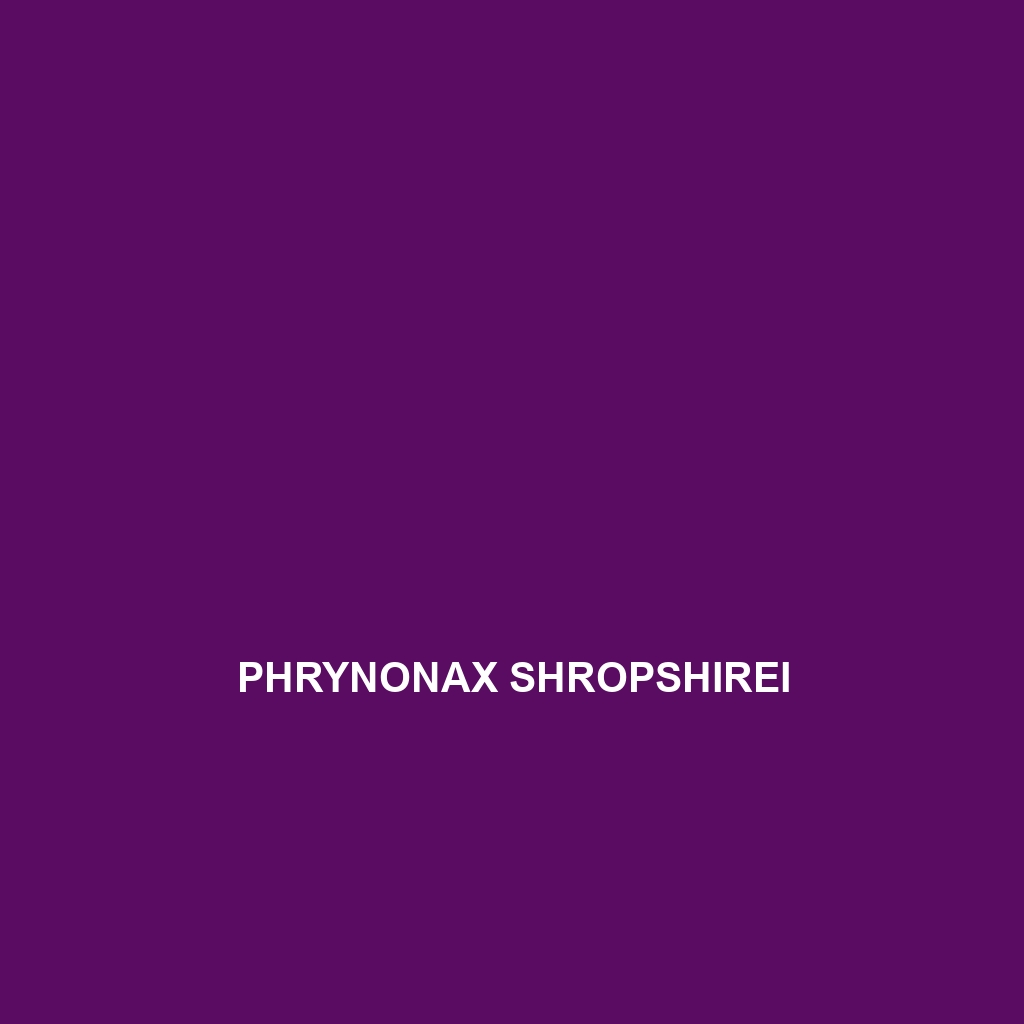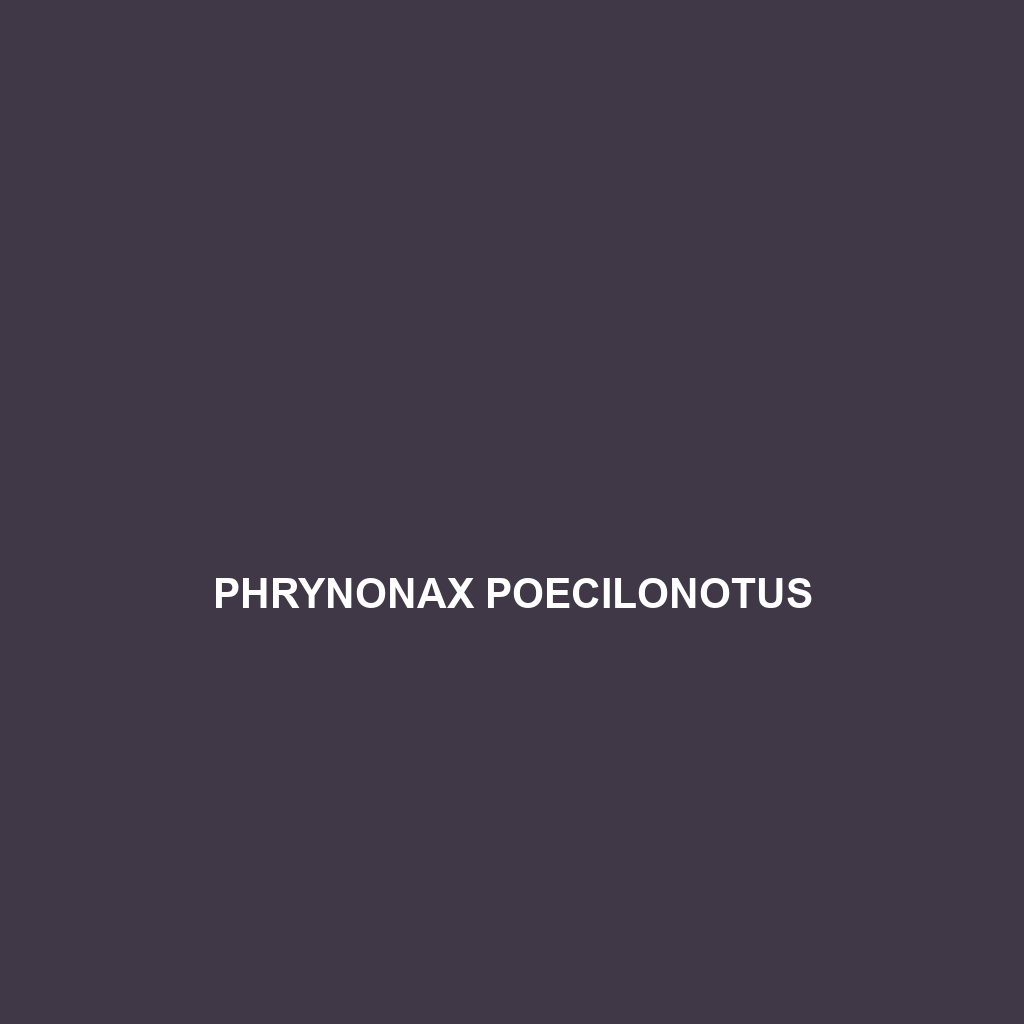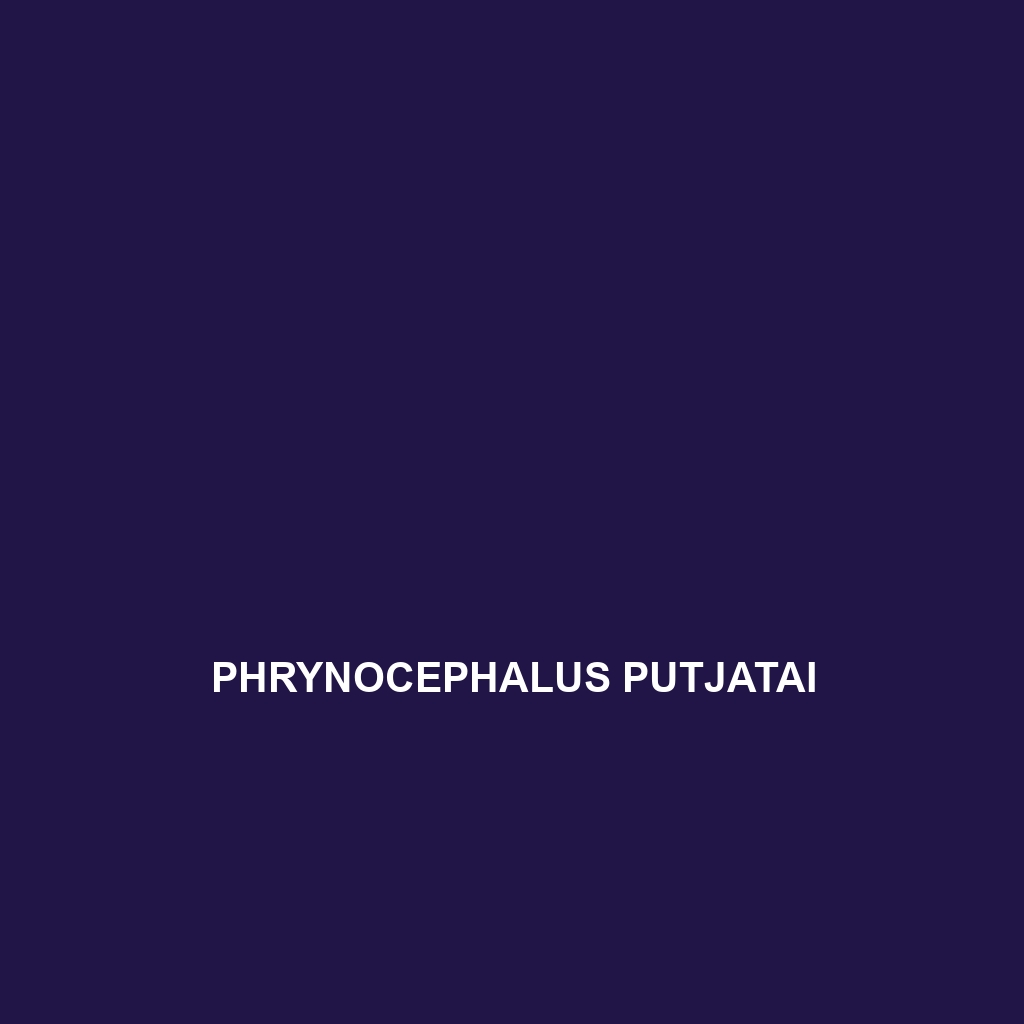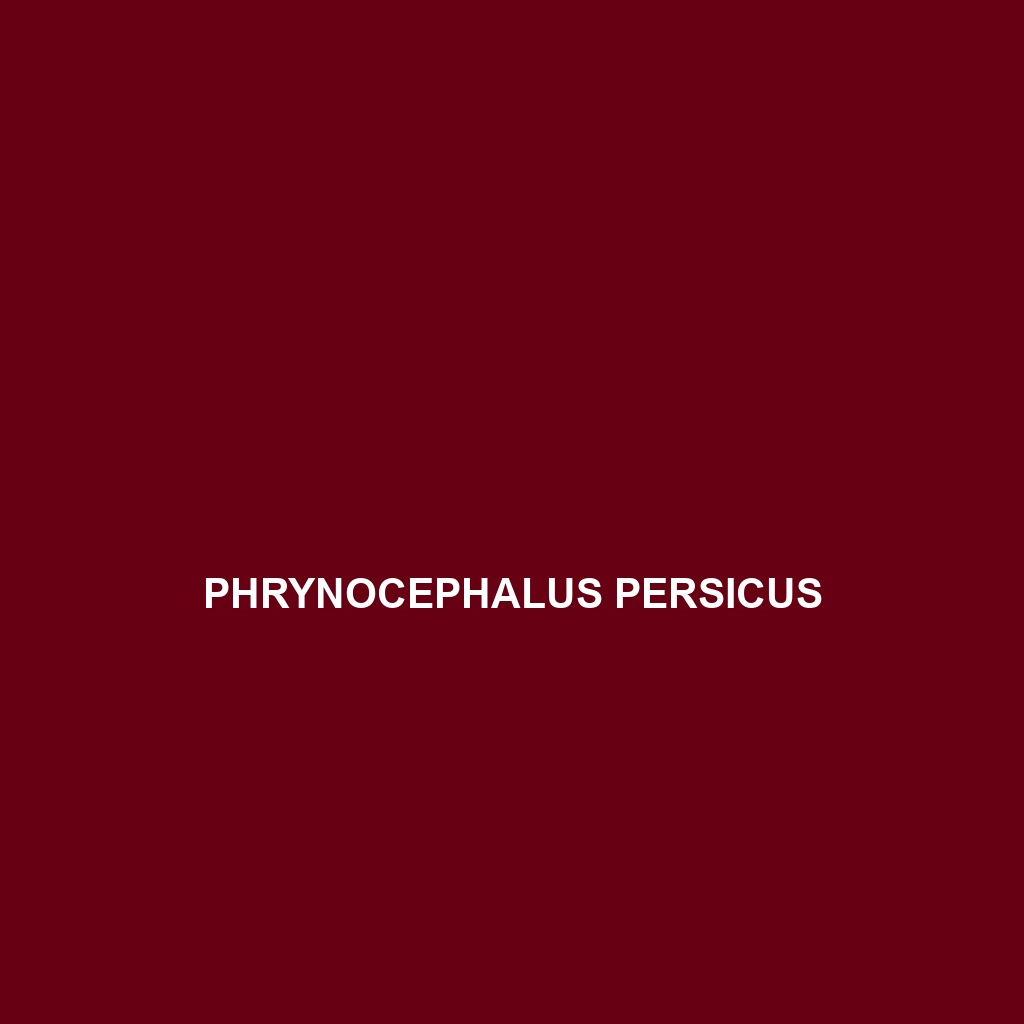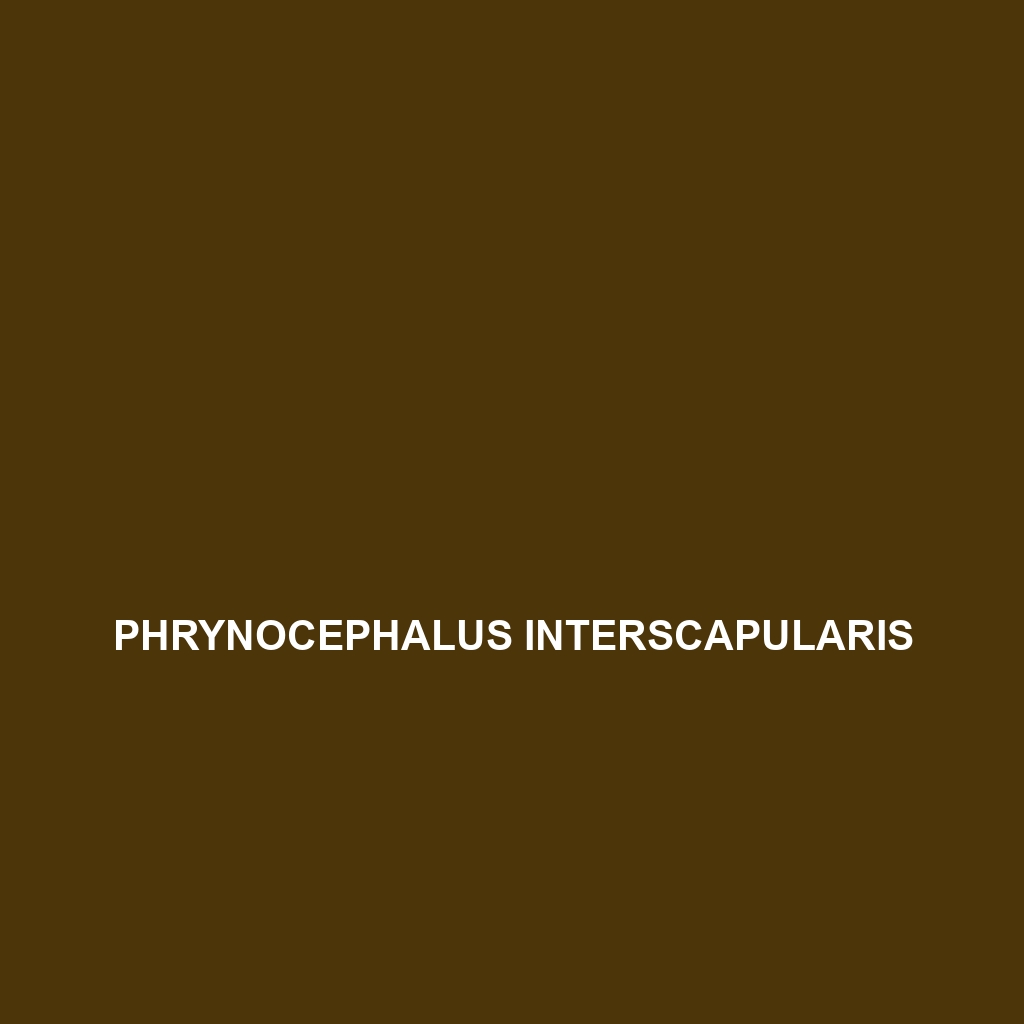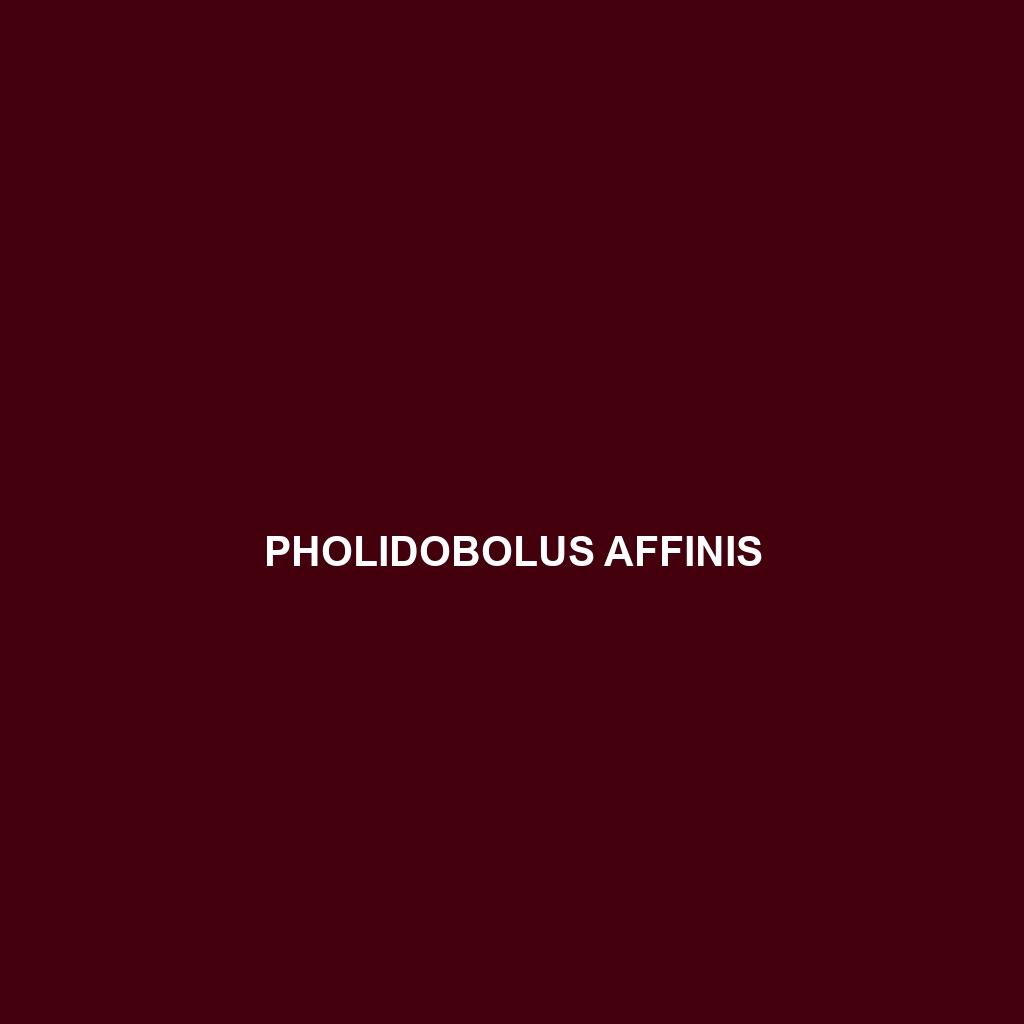Discover the unique Douglas Horned Lizard, <b>Phrynosoma douglasii</b>, a small, eye-catching insectivore found in the arid regions of the western United States and Canada, known for its distinctive horn-like projections and remarkable camouflage. This resilient species plays a vital role in its ecosystem, controlling insect populations while also serving as prey for larger predators.
Tag: ecosystem role
Phrynosoma blainvillii
<b>Phrynosoma blainvillii</b>, commonly known as Blainville’s horned lizard, is a distinctive insectivore from arid regions of western North America, recognized for its flattened body, spiny scales, and prominent horns. This species thrives in sandy scrublands and grasslands, playing a crucial ecological role by controlling insect populations while exhibiting unique behaviors, such as blood expulsion to deter predators.
Phrynonax shropshirei
Introducing the Phrynonax shropshirei, a vibrant green snake native to tropical rainforests and subtropical savannas, renowned for its striking coloration, impressive length of up to 6 feet, and unique nocturnal hunting behavior. With a diverse diet and fascinating reproductive traits, this vulnerable species plays a key role in its ecosystem by maintaining balance and biodiversity.
Phrynonax poecilonotus
<p><b>Phrynonax poecilonotus</b>, known as the yellow-banded tree snake, is a striking species native to the humid tropical regions of Central and South America, characterized by its vibrant yellow or golden bands against a dark background. This agile, nocturnal predator primarily feeds on small mammals and birds, playing a crucial role in its ecosystem's balance while adapting to various habitats.</p>
Phrynocephalus strauchi
Strauch's Toadheaded Agama (<i>Phrynocephalus strauchi</i>) is a medium-sized lizard native to the arid steppes and deserts of Central Asia, known for its robust body, remarkable burrowing abilities, and diet mainly consisting of small insects. This resilient species displays distinct coloration for camouflage, excels in temperature regulation through behavioral adaptations, and plays a crucial role in maintaining ecological balance.
Phrynocephalus przewalskii
<p><b>Phrynocephalus przewalskii</b>, or Przewalski's toad-headed agama, is a small desert lizard measuring 10 to 15 cm, found in the arid regions of Central Asia. Adapted for survival in harsh climates, this insectivorous species possesses a flattened head for camouflage and burrowing, and plays a crucial role in regulating insect populations in its ecosystem.</p>
Phrynocephalus persicus
Discover the fascinating Phrynocephalus persicus, or Persian toad-headed agama, known for its remarkable adaptation to arid environments of Iran, featuring a robust, flattened body, and distinctive color-changing abilities that aid in camouflage. This insectivorous lizard plays a crucial role in maintaining the balance of desert ecosystems by controlling insect populations while serving as an essential food source for larger predators.
Phrynocephalus interscapularis
Discover the <b>Central Asian Toad-headed Agama</b> (<i>Phrynocephalus interscapularis</i>), a distinctive lizard thriving in the arid regions of Central Asia, renowned for its unique burrowing abilities, striking camouflage, and fascinating mating displays. Measuring 15-25 cm in length, this insectivorous species plays a crucial role in maintaining ecological balance within its sandy desert habitat.
Pholidobolus hillisi
Discover the fascinating Pholidobolus hillisi, a vulnerable species found in the humid rainforests of South America, notable for its vibrant coloration, diurnal behavior, and significant ecological role as both predator and prey. These agile insectivores thrive in diverse habitats, showcasing remarkable adaptability and unique adaptations, such as the ability to change color for camouflage and social signaling.
Pholidobolus affinis
Discover the Pholidobolus affinis, or slender-skinned lizard, a vibrant inhabitant of South America's rainforests, known for its slender body, intricate coloration, and impressive climbing abilities. This diurnal insectivore plays a crucial role in its ecosystem, regulating insect populations and serving as a bioindicator of environmental health.


